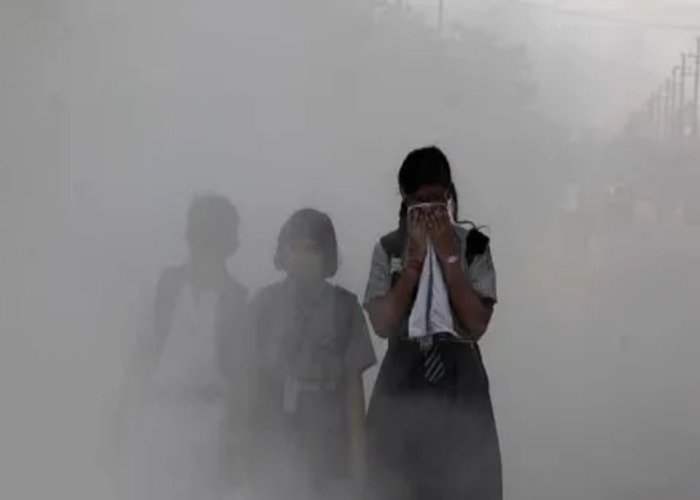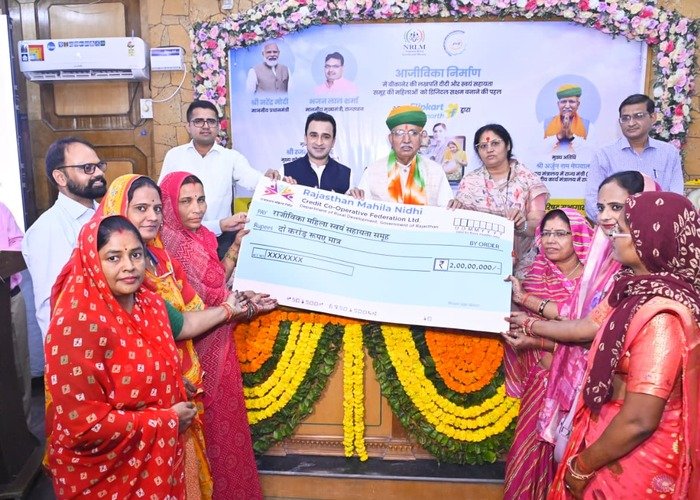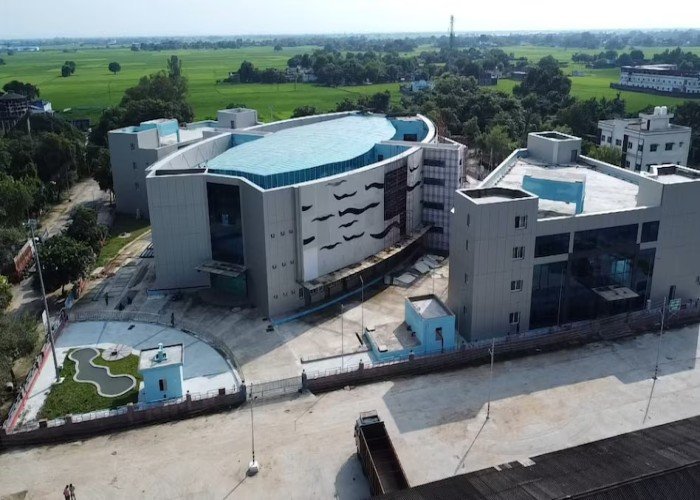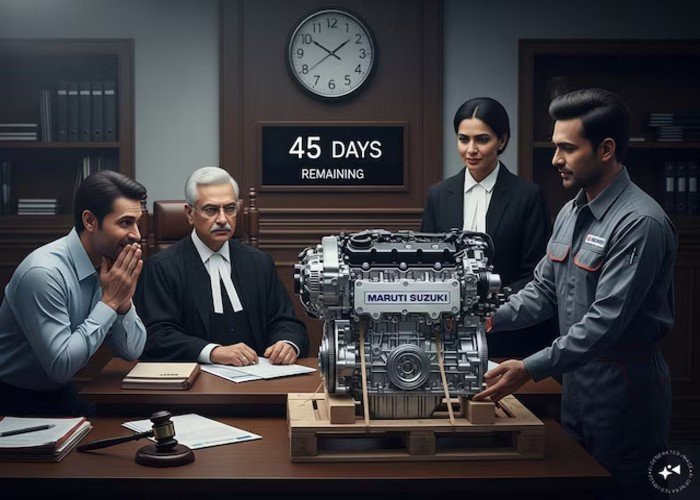As the city breathes toxic air, experts raise concerns over worsening pollution and insufficient action.
In yet another disturbing sign of Delhi’s worsening air quality crisis, the city has already crossed the national and global limits for pollution within the first four months of the year. According to a new analysis by environmental think tank Envirocatalysts, the annual air quality standards meant to be maintained throughout the year were breached by mid-April.
Delhi crossed the World Health Organization’s (WHO) recommended annual limit for PM10 particles on January 20, just twenty days into the year. Then, by April 12, it had also surpassed India’s more lenient standard. In essence, the capital exhausted its “pollution allowance” for 2025 months before the year’s halfway mark.
The pollution standard for PM10—a type of harmful particulate matter suspended in the air—is set at 60 micrograms per cubic metre annually in India, and 15 micrograms as per WHO guidelines. When daily levels rise so high early in the year that even a drop to zero wouldn’t bring the average back within safe limits, the day is marked as an “overshoot day.” This year, that day came exceptionally early.
“Overshoot day is the date when the average pollution levels have already gone so high that, even if the air stayed clean for the rest of the year, the annual limit would still be exceeded”.
Data from previous years shows a similar trend of early breaches. In 2024, Delhi crossed India’s limit on April 2, and WHO’s on January 18. The pattern has repeated year after year, pointing to a deeper and unresolved problem.
April 2025 has also been rough. In just the first 16 days, nine days have already been marked by poor air quality—more than the total number for the entire month of April in 2024. From April 6 to April 10, the city recorded five consecutive days of poor air, with the Air Quality Index (AQI) hitting 220 on April 16, categorized as “poor.”
This sudden spike in pollution is being linked to a combination of factors. According to Anumita Roychowdhury, executive director at the Centre for Science and Environment, hotter temperatures, dry weather, and emissions from vehicles, industries, and household sources have all played a role in pushing pollution levels higher. She emphasized the need for strong on-ground enforcement and better pollution control strategies across sectors.
Sunil Dahiya, lead analyst at Envirocatalysts, expressed concern over the early breach of air quality standards. “Breaking both India’s and WHO’s annual limits so early in the year is a clear warning sign. It shows that current pollution control efforts are falling short,” he said. Dahiya called for urgent, time-bound action plans to control emissions not just from vehicles and factories, but also from dust, waste, and burning of fossil fuels.
To address the situation, the city authorities have activated Stage 1 of the Graded Response Action Plan (GRAP) since April 2. These measures are mainly precautionary, aiming to prevent pollution from rising further. However, experts argue that much stronger interventions are needed to reverse the damage.
Delhi’s battle with pollution is not new, but what’s worrying is how early and how frequently the city is exceeding safe air quality levels. The people of Delhi are once again left to breathe toxic air, while the city struggles to find lasting solutions.











